T4K3.news
Oxygen Detected in Ancient Galaxy
Astronomers detect oxygen in JADES-GS-z14-0, a galaxy 13.4 billion years distant, reshaping early cosmic chemistry
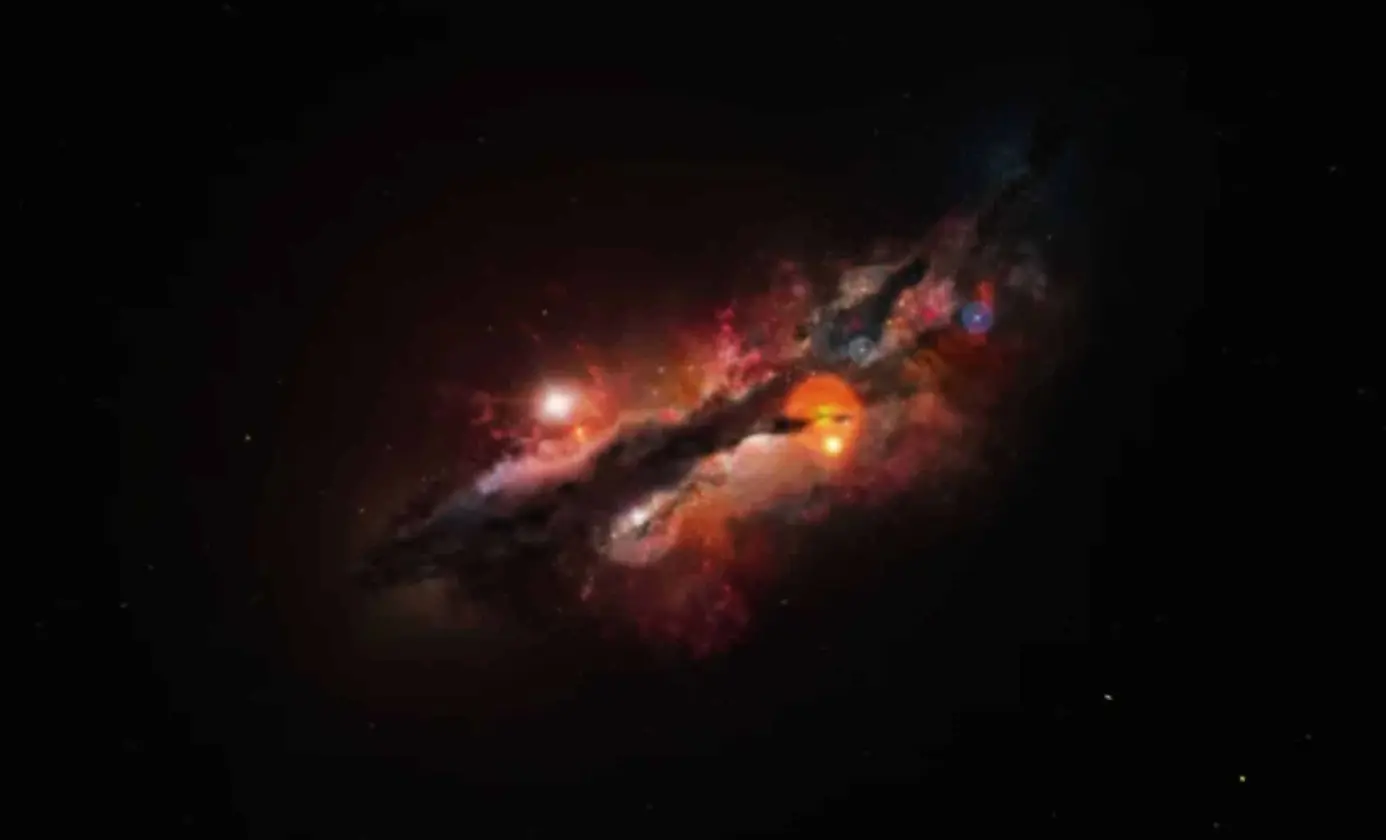
Astronomers report oxygen in the most distant known galaxy, suggesting rapid chemical enrichment just 300 million years after the Big Bang.
Oxygen Found in Galaxy from Dawn of Time
Astronomers have detected the 88 micron oxygen line in the galaxy JADES-GS-z14-0, using ALMA with support from JWST. The galaxy is about 13.4 billion light-years away, placing its light roughly 300 million years after the Big Bang. The gas has a metallicity around one fifth that of the Sun, indicating at least two generations of stars had already lived and died. Dust is scarce, with a dust-to-stellar mass ratio below 0.2 percent, pointing to fast, efficient star formation in the early universe.
The ionized gas in the galaxy moves at about 70 kilometers per second, implying a dynamical mass near one billion solar masses and a substantial dark matter halo. A signal excess at 7.7 microns aligns with strong hydrogen and oxygen emissions and hints that some ionizing photons may be escaping into intergalactic space, potentially contributing to reionization. Future JWST spectroscopy will search for carbon and nitrogen, while higher frequency ALMA data aim to detect faint dust emission and refine our picture of early metal production.
Key Takeaways
"I was astonished by the unexpected results because they opened a new view on the first phases of galaxy evolution"
Carniani comments on the discovery
"This shows the amazing synergy between ALMA and JWST to reveal the formation and evolution of the first galaxies"
Bouwrens on instrumental collaboration
"New models must consider possibilities such as top heavy stellar populations where massive stars dominate and enrich their surroundings more rapidly"
Bouwens on model revisions
This finding challenges the idea that heavy elements appeared slowly in the early cosmos. It suggests either faster bursts of star formation or more efficient mixing of supernova debris than current models allow. The result adds to a growing sense that early galaxies could grow rapidly and be more complex than once thought.
If more galaxies from this epoch show similar oxygen signatures, theorists will need to rethink how and when massive stars enrich their surroundings and how dark matter halos form and stabilize these early systems. Yet the evidence is still one galaxy and a select sample; broader observations will determine whether JADES-GS-z14-0 is typical or an outlier.
Highlights
- The cosmos grew up faster than our timelines
- ALMA and JWST together rewrite the early universe clock
- Oxygen in the first galaxies changes everything we thought about
The universe keeps surprising us with how fast it can grow up.
Enjoyed this? Let your friends know!
Related News

Astronomers confirm ancient galaxy supports Big Bang theory
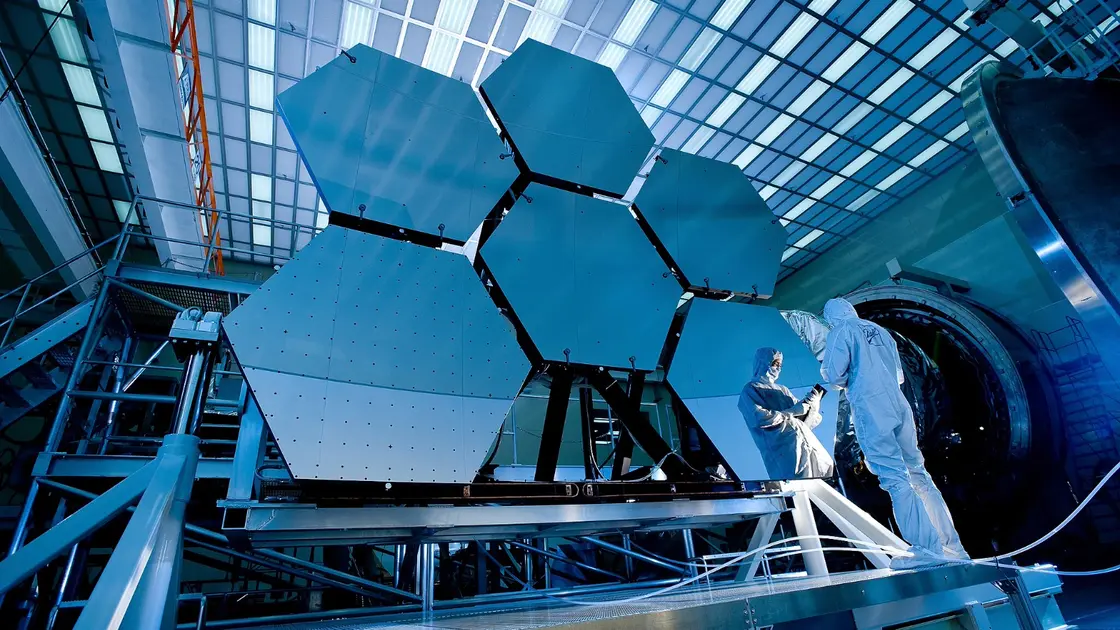
James Webb Space Telescope unveils ancient galaxies
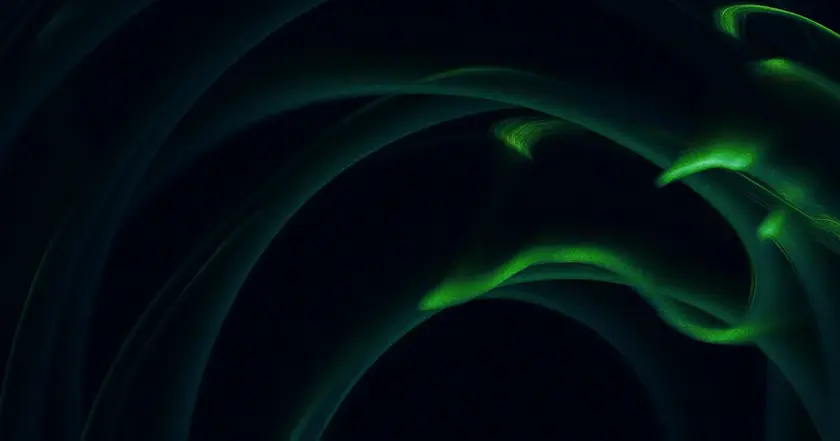
Giant black hole bends light into Einstein ring

Earendel may be a star cluster not a lone star
Pixel Watch 3 edges out Galaxy Watch 8 in accuracy test

Samsung Galaxy Watch 8 now available
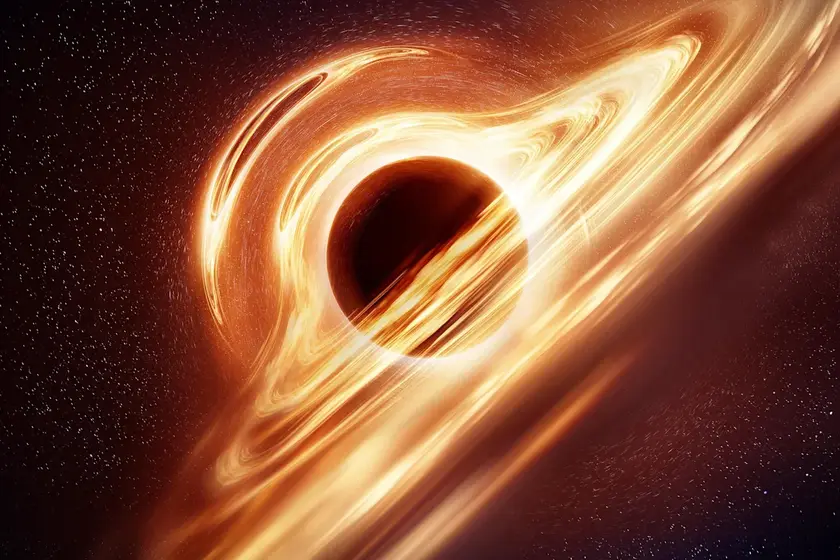
James Webb Telescope may have found early cosmic light sources
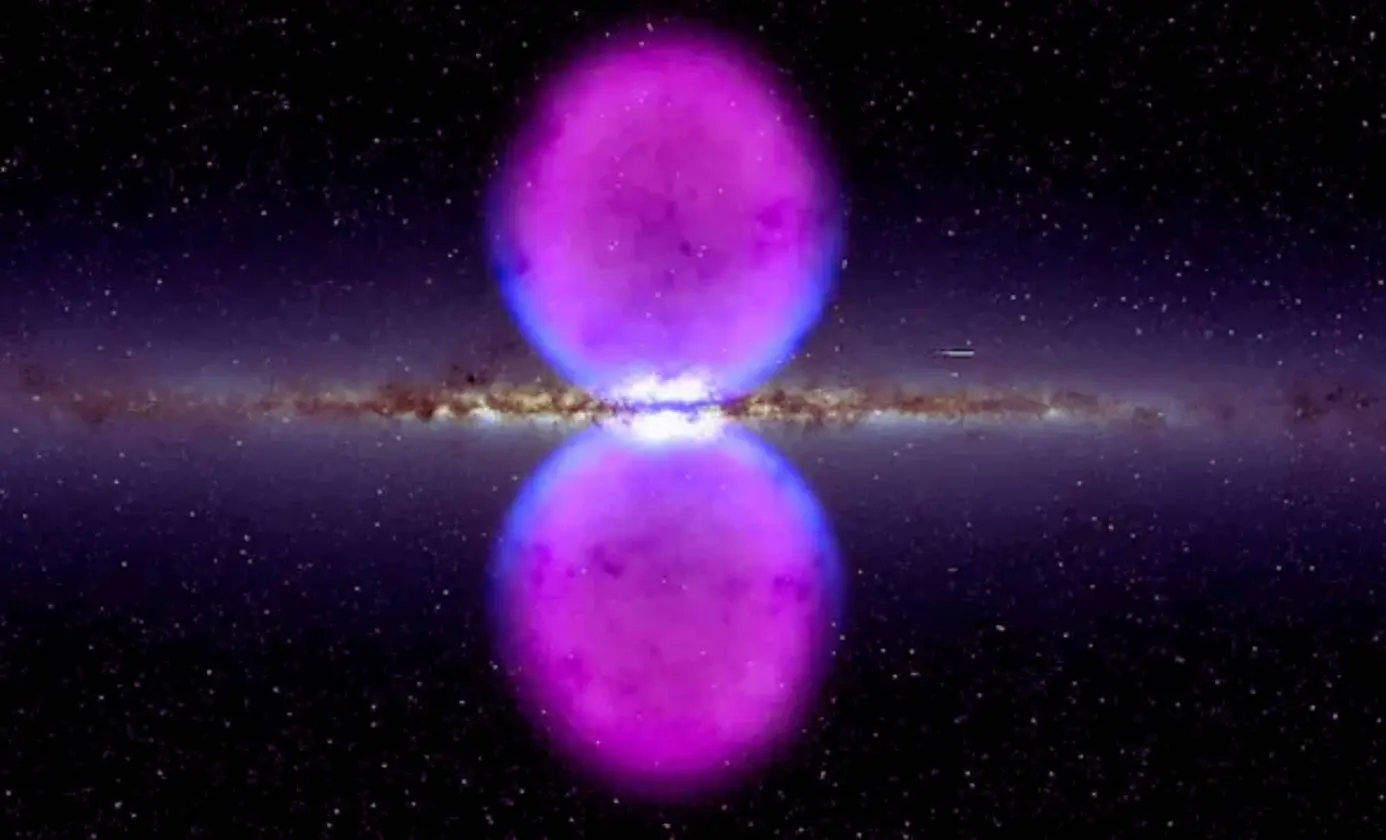
Ice Cube Clouds Signal Recent Milky Way Outburst
